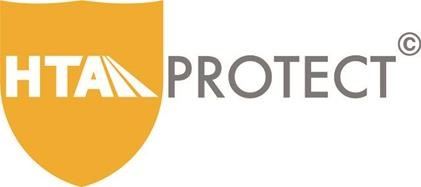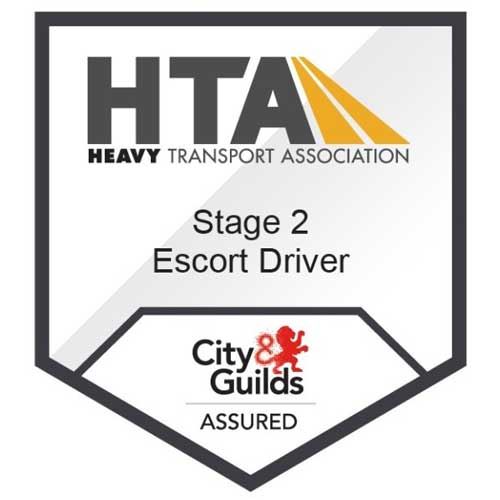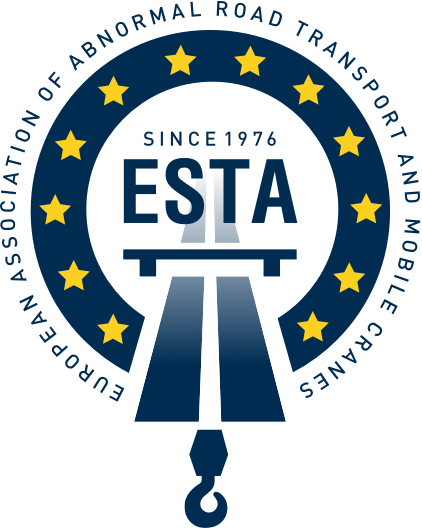History of Self-EscortingSelf-escorting or private escorting of Abnormal Loads is now a routine part of the movement of abnormal loads. It is worth reflecting on the route that has brought the industry to this point, as the path has been long and tortuous. It was in June 1990 that the Thames Valley Police published a report by PC D Martin on the 'The Future for the Police with Abnormal Loads'. The 160 page publication provided an analysis of the whole spectrum of Notifications, load markings and numbers of escorts done, together with the costs to Police Forces of providing this service. The report highlighted the fact that in law a police escort is not legally required, but is provided as a duty of care for other road users and not as a service to the transport company. This was one of the contributory factors for many delays that could be experienced by hauliers, as escorting was not at the top of the list of policing priorities. Following this report, a trial was carried out using private escorts in unmarked police cars and the results proved satisfactory. The trial proved that considerable time was saved by having continuous escort on longer routes, rather than waiting for separate escorts from each individual force area as the load progressed along the route. ACPO (Association of Chief Police Officers) had a working committee on this matter that progressed slowly and the HTA, who had, by this time, formed a ‘self-escort’ sub-committee, worked on producing an escort manual. Preparation of this manual was helped by analysing the Dutch escort system, as they had recently switched to private escorting. The ACPO committee approved the manual produced by the HTA and, in 1994, the Home Office called together representatives from the Heavy Haulage industry for a meeting to discuss the way forward for private escorting on motorways and Linked Dual Carriageways. The result was that the consultants were called in, a report made at great cost - and then nothing more was done…. Time passed, and in 1998 another set of consultants (EDMC), who admitted knowing nothing about the Abnormal Loads industry, held several meetings with the various representatives, before producing a report that had most of us grabbing for our dictionaries in order to comprehend it. More time passed, and it seemed all was lost, except for the fact that the review of the STGO Regulations had some amendments to the law on attendants, which was to pave the way forward for private escorting. No longer was it necessary for the attendant to be in the lorry – he/she could 'attend' in an escort vehicle. The amendments became law on 1st August 2003 and it seemed no time at all before Warwickshire Police, who had always been one of the driving forces in this matter, announced that with effect from 1st January 2004, they would no longer be routinely escorting Abnormal Loads in their county. This would apply to all roads, not just motorways and linked dual carriageways as we had been previously led to believe. This announcement caught many on the hop and it was a case of 'follow the leader' for most of the other forces. In fact this was to take up to a year to spread across the country, while Scotland held fast and continued as before. The Highways Agency was even further behind the forces as they were not ready with escort vehicle and driver standards, announcing a 6 month consultation period for industry commencing November 2003. It was not until July 2004 that the code of practice for escort vehicles was published, by which time, private or self-escorting of loads was well under way. It did not go without notice that the contents of the HTA Manual have been widely used in the code of practice and this must alone indicate that the HTA got their sums right. At the final meeting with the HA, representatives of the HTA and ALEN were alone in insisting that the HA should re-visit the code of practice after a year in order to decide whether the code is working as envisaged. When the code was finally published, it was disappointing to those who had spent a considerable amount of time helping with its preparation, to discover that there was still little or no control over the standard of the escort driver or the escort vehicle. To support the standards that it helped to create, the HTA backed the formation of the Abnormal Load Escort Network (ALEN), which was set up to ensure that all members were working towards the standards of the code. Each member has a certificate of conformity to help prove this to their clients and in some case Police patrols who, unbelievably, were still unaware that self-escorting is now standard practice. It was hoped that whatever system was introduced would have some legal backing, but it became clear that the only way this issue was going to move forward was with a voluntary code of conduct. This was because of the lack of Parliamentary time to effect the necessary primary changes to legislation. It is to the credit of those involved in the escorting of abnormal loads that there has been no major reported incident which could be attributed to the escort vehicles to date; however, it was apparent that there were operators ignoring the code completely. Over the ensuing years, the self-escorting industry established itself with a mix of hauliers own and independent escorters serving the requirements of operators throughout the UK. As the industry established itself, the inadequacy of the Code of Practice & Operating Guidance became more apparent and in the ensuing years, many adapted their behaviour and interpretation of the codes of practice in what could now be described as evolving industry best practice. In doing so, we have seen some interesting interpretations of marking and lighting; as well as an ‘evolution’ of escorting tactics that have been required to make-up for the inadequacies of the HA Operating Guidance. Industry commentators who had been involved with the negotiations in those early days, would say how an incident, however regrettable, may be required before the authorities sat up and took more authoritative action. There have been incidents since, albeit none for which we are aware where the escorter has been at fault; and it is probably a credit to the escorting community that, especially after such a nebulous start, the first 10 years of this ‘new’ industry has established a generally good reputation; however, as predicted, there have been a steady stream of new entrants who have viewed the low barriers to entry as ‘easy’ and many have come….. and gone almost as quickly. The combination of; no supporting legislation and a deep dissatisfaction with the adequacy of the codes of practice has grown rather than abated over the ensuing 10yrs. Escorters frequently complain they risk their licenses and their livelihoods in their primary duty of adequately warning the public when escorting abnormal loads. Practices used by the Police and escorters, even under Police supervision could leave the escorter open to prosecution, simply for doing their job. Whilst nobody wants to return to the days before self-escorting, there was considerable scope for improvement – but would it ever happen and if it did, what would be the catalyst? The Catalysts for ActionSubsequent factors such as the global financial crisis and the ensuing financial pressures on the public purse has led to organisations such as the Police continuing to concentrate their focus on core functions and it has arguably led to Police forces adopting more controversial/inconsistent policies towards the movement of abnormal loads. The increase of abnormal loads traffic in response to the upswing in wind farms has put pressure on Police resources as well as attracting criticism of the practices of revenue raising by charging for activities performed as a public ‘duty of care’ (Leeds United Football Club -v- The Chief Constable of West Yorkshire Police). Something needed to be done and a re-visiting of the existing Codes of Practice by the Highways Agency in 2012 did nothing to tackle the underlying issues. Similarly, rudimentary attempts to leverage what is probably the only real positive piece of legislation for escorters (The Police Reform Act 2002) failed (the act specifically states that a Chief Constable may delegate the powers of a Police Constable for the purpose of escorting an abnormal load…); but, in doing so provided a source of hope for the best way forward by providing constructive reasons/concerns. The circumstances for making progress seemed to be put upon the industry. Considerations for the way forwardThe HTA consequently approached the Association of Industrial Road Safety Officers (AIRSO), a highly respected and influential body of road safety professionals, who in turn, asked the HTA to make a more formal presentation to their Road Safety Advisory Panel in February 2011. AIRSO (now ARRM - Association of Road Risk management) broadly concurred with the problems that the industry faced and four main priorities were identified:-
The most important (and difficult) was that old favourite, standards for escorters; ie training and accreditation. It is, and remains clear to the HTA, that a credible qualification for escorters that provides consistent, quality standards as the basis of industry self-regulation is a crucial element to the way forward for the industry. It was also felt that it would provide opportunities for escorters to develop their role to meet the future needs of the industry. After some encouraging meetings with representatives from AIRSO and Skills for Logistics (SfL), government funding was gained to create the pre-requisite National Occupational Standards (NOS). National Occupational Standards specify UK standards of performance that people are expected to achieve in their work, and the knowledge and skills they need to perform effectively. The process fully engaged with industry and stakeholders via expert groups and stakeholder consultation in order that the ensuing standards are fully representational and supported by all interested parties – time consuming, but absolutely vital. The NOS for Abnormal Load Escorting was completed Jan 2013 which paved the way for the creation of the qualification itself. At a HTA meeting in May 2013, the decision was made for City & Guilds (C&G) to provide the qualification and the HTA to become the Training Centre. This was made possible by altruistic financial contributions from the following HTA members:-
The processes for producing a brand new qualification for a young sector that is credible, appropriate and 'fit-for-purpose' are not to be underestimated. From; formulating 'best practice', unit-writing, peer-review, industry and public body consultation; to meeting C&G quality control and UK-wide implementation. The journey was long and arduous; but heralds the start of a new chapter. In August 2016, the HTA announced the first Abnormal Loads Certificates of Competence:-
In 2019, the development of the training program became more fully under the management of the industry through migration to the C&G Assured Programme:-
|
The Heavy Transport Association, e: HTAadmin@heavytransportassociation.org.uk |




